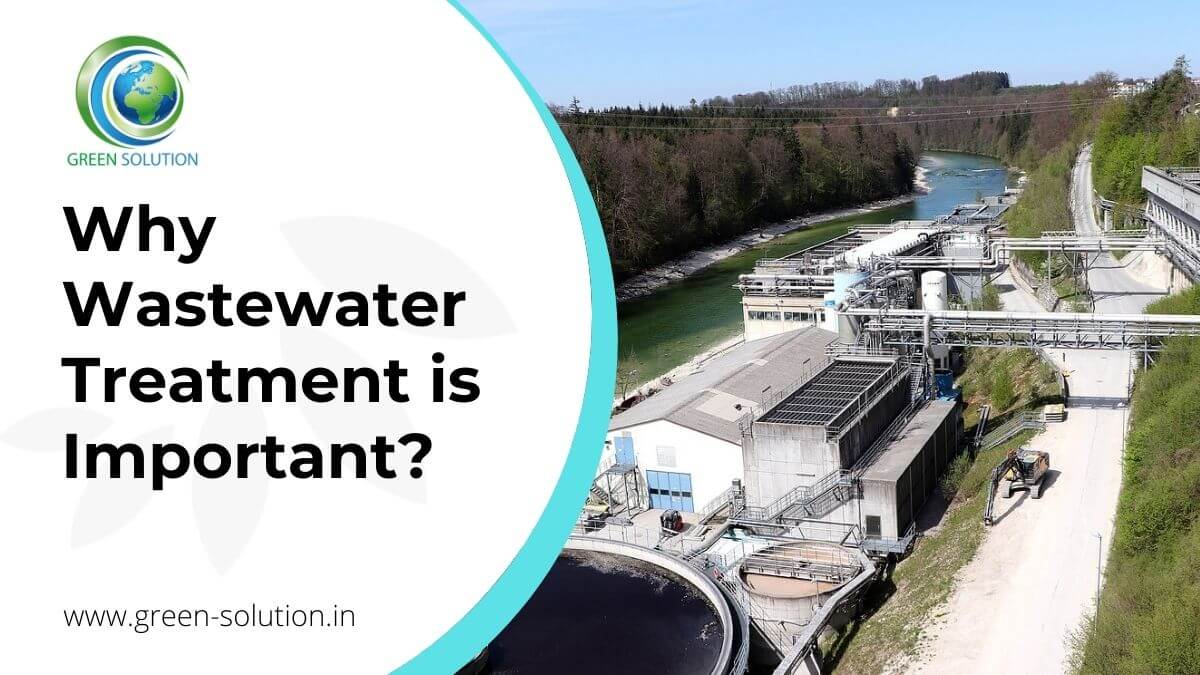More About Reclaim Waste
More About Reclaim Waste
Blog Article
Get This Report on Reclaim Waste
Table of ContentsThe 30-Second Trick For Reclaim WasteNot known Incorrect Statements About Reclaim Waste The Basic Principles Of Reclaim Waste The Greatest Guide To Reclaim WasteAll About Reclaim Waste
Explore the types, events, and kinds of liquid waste. Domestic sewer waste refers to the waste and products from a residential septic container. This sort of waste is developed by people in residences, schools, and various other structures. This only consists of septic systems that have a drain field. The proper management and disposal of residential sewer waste need liquid waste to be moved to a sewage therapy plant where the correct approaches and devices are related to purify and deal with waste.
Industrial waste usually includes prospective dangers, such as flammable products or a mix of fluid and strong waste items, and needs an advanced and comprehensive disposal procedure. The disposal of business waste typically includes the filtration of waste before transport to guarantee safe and correct disposal. Hazardous waste is developed from results and runoff of industrial processes and manufacturing.
This type of waste can not utilize the same sewage administration transportation or procedures as septic or industrial liquids. The industrial waste administration process calls for the assessment and screening of fluid waste prior to it goes through the disposal process (liquid waste disposal). Drainage waste is the fluid waste that comes from overflow and excess stormwater in extremely booming locations or cities
Runoff waste can cause contamination and flooding if not taken care of appropriately. Ensuring proper waste administration can protect against calamities and reduce environmental damage.
Our Reclaim Waste PDFs
Contact PROS Solutions today to learn more about our waste monitoring and disposal services and the proper means to care for the fluid waste you create.
(https://www.behance.net/leonaube)Do you understand what occurs to your water when you disengage, flush the toilet or drain pipes the cleaning maker? No? Well, it's worth recognizing. This so-called 'wastewater' is not just an essential resource yet, after treatment, will be released to our land, rivers or the sea. Utilized water from commodes, showers, baths, cooking area sinks, laundries and industrial procedures is referred to as wastewater.

water used to cool machinery or clean plant and equipment). Stormwater, a type of wastewater, is runoff that flows from farming and city areas such as roofings, parks, yards, roadways, courses and seamless gutters into stormwater drains, after rainfall. Stormwater flows without treatment straight to neighborhood creeks or rivers, at some point reaching the ocean.
4 Easy Facts About Reclaim Waste Explained
In Queensland, the majority of wastewater is treated at sewage treatment plants. Wastewater is carried from domestic or commercial sites via a system of sewage systems and pump stations, understood as sewage reticulation, to a sewer treatment plant. City governments construct, preserve and run most sewer treatment plants. Operators are licensed under the Environmental Security Act 1994 to discharge treated wastewater at an appropriate environmental criterion into rivers.
The Division of Natural Resources encourages additional reading local governments about handling, operating and maintaining sewerage systems and therapy plants. In unsewered locations, local federal governments might call for owners to set up specific or household sewer treatment systems to deal with residential wastewater from bathrooms, kitchens, bathrooms and laundries. The Department of Natural Resources authorises using house systems when they are confirmed to be effective.
Most stormwater receives no therapy. In some brand-new neighborhoods, treatment of some stormwater to get rid of litter, sand and gravel has actually begun utilizing gross contaminant traps. Wastewater treatment happens in 4 stages: Removes solid matter. Larger solids, such as plastics and other items incorrectly discharged to sewers, are removed when wastewater is passed via displays.
Wastewater after that moves right into large containers where solids settle and are removed as sludge. Oil and scum are skimmed from the surface area. Uses little living organisms called micro-organisms to break down and get rid of continuing to be liquified wastes and great bits. Micro-organisms and wastes are integrated in the sludge. Eliminates nitrogen and phosphorus nutrients that could create algal blossoms in our waterways and endanger aquatic life.
4 Easy Facts About Reclaim Waste Explained
Nutrient removal is not offered at all sewage therapy plants since it requires expensive specialized devices. Clear liquid effluent generated after therapy might still contain disease-causing micro-organisms - industrial wastewater treatment.

Most wastewater streams into the sewage system. Under the Act, neighborhood federal governments administer approvals and licences for eco appropriate tasks (Periods) involving wastewater launches that might have a regional effect.
Excitement About Reclaim Waste
Otherwise, samples are considered lab evaluation. Commonly several examinations are needed to develop the degrees of each of the different contaminants such as oils, hefty steels and pesticides in water. Tracking offers valid info regarding water quality and can validate that licence conditions are being met. The info gotten via monitoring gives the basis for making water high quality decisions.
Report this page